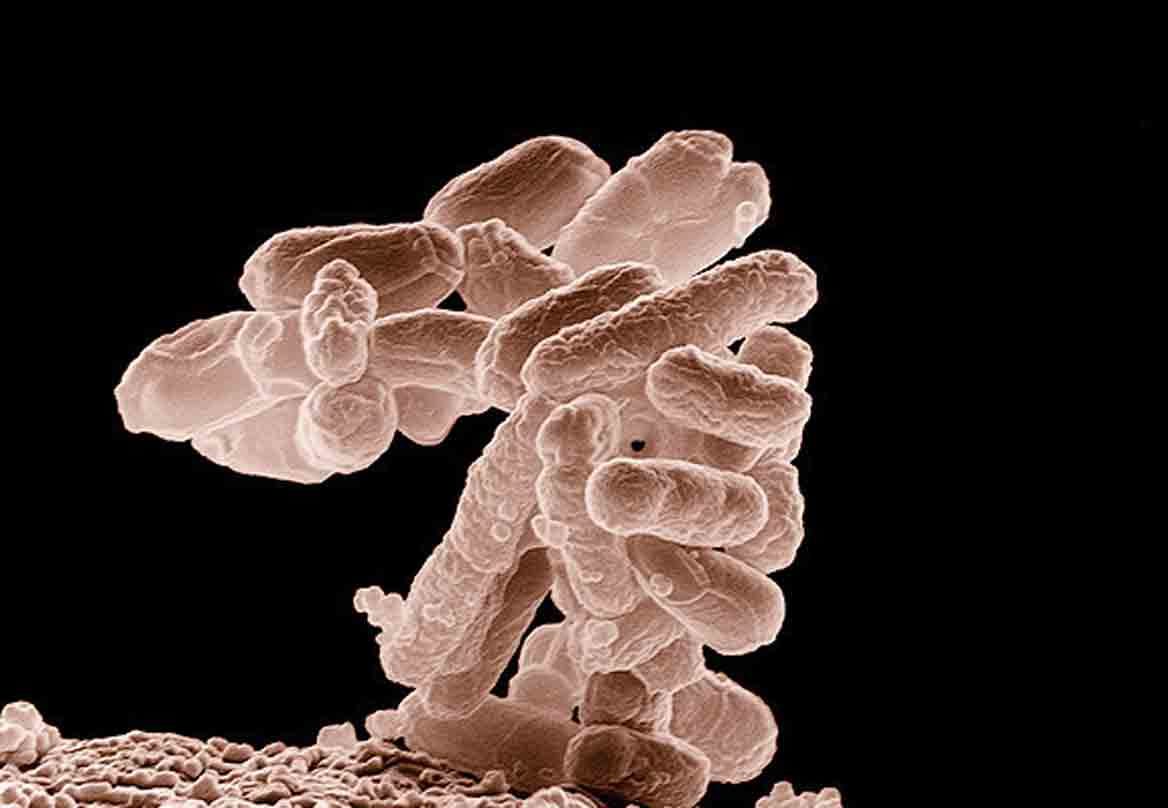Complications of hemolytic uremic syndrome (HUS) can cause permanent injury and are sometimes fatal.
Children, the elderly, and people with compromised immune systems are at increased risk of developing hemolytic uremic syndrome from an E. coli infection. Most children with HUS are very young, but we had a client who was a healthy 17-year-old who ate steak contaminated with E. coli O157:H7 at a restaurant and developed HUS. Her kidneys failed and she was on dialysis for 3 months. She hired our hemolytic uremic syndrome lawyers, who obtained a $4.5 million settlement on her behalf.
Although most people who develop hemolytic uremic syndrome (HUS) do recover fully, many, like our client discussed above, are burdened with permanent and debilitating health problems as a result of the illness.
“Hemolytic uremic syndrome is generally caused by eating food containing cells of E. coli bacteria. As few as 10 cells can cause HUS. Companies need to take every safety precaution to prevent this devastating illness.”
Attorney Fred Pritzker
Complications of E. coli Toxin-Induced Hemolytic Uremic Syndrome
When a person swallows food laced with E. coli, the bacteria lodges in the gut and produces dangerous toxins called Shiga toxins. These toxins can enter the bloodstream and destroy red blood cells, which then clog tiny blood vessels in the kidneys, causing a kind of acute kidney injury that has been named hemolytic uremic syndrome.
Many patients suffer kidney failure soon after consuming the contaminated food. Others develop kidney failure later in life, which means a little child who is sickened in this way will face the risk of life threatening illness later in life—all because a company sold dangerous food.
Below are complications associated with HUS and poisoning by the E. coli Shiga toxins in other parts of the body. We are listing these together because, in general, patients develop HUS before heart, brain and pancreatic issues arise.
Complications can include the following:
- Hemolytic anemia and associated blood complications;
- Abnormal kidney function;
- Kidney failure (renal failure) that may require a kidney transplant (renal transplant) – illness accompanying kidney failure is called uremia (develops when urea and other waste products are retained in the blood);
- Gall stones – probably caused by rapid hemolysis, breaking open of red blood cells, and the release of hemoglobin;
- Elevated pancreatic enzyme levels that could lead to insulin-dependent diabetes mellitus and or pancreatitis;
- Central Nervous System (CNS) disturbances such as irritability, behavior changes, disorientation, delirium, hallucinations, dizziness, and tremors;
- Seizures;
- Coma;
- Stroke;
- Encephalopathy;
- Acute respiratory distress syndrome (HUS-ARDS);
- Convulsions;
- Heart problems, including myocardial infarction, cardiomyopathy, cardiogenic shock, congestive heart failure;
- Cortical blindness, caused by damage to the visual area in the brain’s occipital cortex;
- Thrombocytopenia (platelet deficiency in the blood);
- Paralysis;
- Death.
Acute Kidney Failure
Hemolytic uremic syndrome can cause severe hemolytic anemia, which can lead to bruising, ineffective blood clotting, high blood pressure, damage to blood vessel walls, and hemorrhaging. Another possible result of HUS is kidney damage, which can lead to chronic or permanent kidney failure.
HUS syndrome is the most common cause of acute kidney failure among North American children. This life-threatening condition is usually treated in intensive care, sometimes with blood transfusions and kidney dialysis.
Approximately one-third of those with hemolytic uremic syndrome experience abnormal kidney function years later, and some may require long-term dialysis. Serious neurological complications of HUS can include decreased consciousness and seizures. Eight percent of E. coli-HUS cases result in lifelong complications such as high blood pressure, seizures, blindness, and paralysis.

